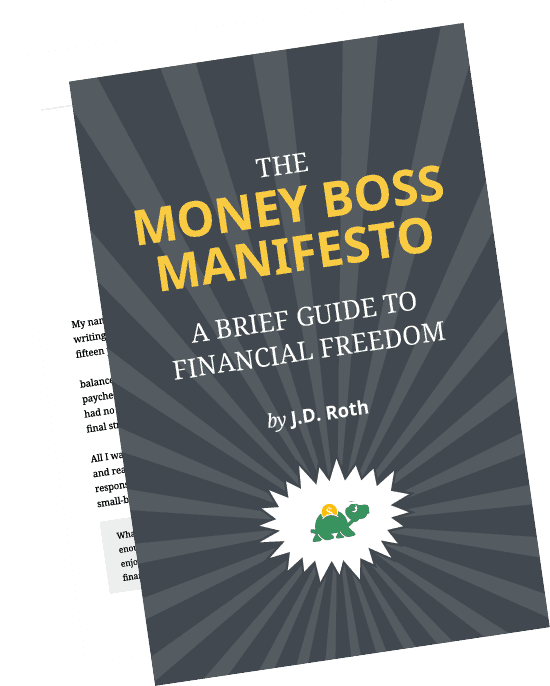Calculate how much your debt costs you per month
As you all know, April is Financial Literacy Month. To celebrate, my weekly contributions throughout the month will cover basic techniques to raise your financial awareness. In my opinion, raising awareness is the first step to tackling financial literacy!
When initially dealing with the problem of debt, many people suggest creating a list of each and every individual debt. I wholeheartedly agree. Creating a list of each and everything you owe is the best place to start dealing with a debt problem.
When creating a master list or your debt, you’re striving to accomplish two things:
- You want to ensure you’re fully aware of the scope of your debt.
- You want to create a spark that will help build momentum
Of course, simply completing your list usually knocks off the first one. The only trick is to ensure that it’s complete. Be sure to obtain your free credit report and verify you haven’t forgotten about any debts or loans.
Lighting a Spark
For some, having a master list of all their debts will be enough of a shock to help build some momentum. I know the first time Courtney and I compiled all of our debts ($87,000+ over a dozen various loans) we were frustrated.
We were frustrated at ourselves for letting the situation slowly creep out of hand. We were frustrated at out lack of awareness. But, most of all, we were determined to leverage this frustration into change.
Our initial master list of debts had only four columns for simplicity. This helped prevent us from getting bogged down in the minute details of each debt. For each debt we recorded the:
- name of the debt
- total amount
- interest rate
- average monthly payment
We didn’t record account number, payment terms, origination details, or contact information at first. We just wanted an easy-to-read summary for quick reference.
But we didn’t stop there. We decided to take it one step further and calculate just how much interest we were paying on a monthly basis.
Calculating Your Monthly Debt Costs
We started by adding an extra column to our master list: Cost Per Month. We quickly reviewed each of our debts to see what portion of the payment went to interest and what portion went to principal. We recorded the average amount we paid in interest in this new column.
For example, most bills on our revolving debt had an “interest accrued during this period” or some similar verbiage directly on the bill. Many installment loans (mortgages, car payments, etc…) also have this featured, though you may need to look at an amortization table for your loan.
Once Courtney and I had gathered the data on our monthly interest, we added up the totals. The number was staggering. We were paying roughly $1000 just in interest on our debts per month. $1000 dollars per month even without a mortgage! (A new mortgage could push that on it’s own!)
Obviously, nothing about our debts had changed. But looking at them in this light provided a new spark. We were even more frustrated that we’d sold out so much of our freedom at such a young age!
Other Perspectives
Maybe creating a list doesn’t cause things to really sink in for you. Maybe calculating your debt on a monthly basis simply makes it seem more manageable. Different types of people need different motivation!
Here are some other simple calculations that may provide different perspectives:
- Calculate your interest paid yearly! For simplicity, just multiply your monthly number by 12 (it will be close enough). Does viewing how much you pay annually have a bigger effect on you?
- Break it down daily! Divide your monthly interest paid by 30 (again, close enough) and see how much you’re paying per day. We were paying over $30 per day just to finance our debt! That’s a lot.
- Calculate how much interest you’ll pay over the entire life of your debts! This gets a tad more complicated to do, but you could estimate how much interest you’ll pay in total. Lenders now have to supply these numbers to you when you get a loan. Feel the true weight of the burden!
Recognizing the effect our debt had on our life was paramount to our financial turnaround (which is still in progress). It played a major role in our quest for financial literacy.
The number one factor in raising awareness was creating a master list of our debts. But taking it a step further and exploring creative ways to view how much interest we were paying fed our momentum further!
Become A Money Boss And Join 15,000 Others
Subscribe to the GRS Insider (FREE) and we’ll give you a copy of the Money Boss Manifesto (also FREE)

